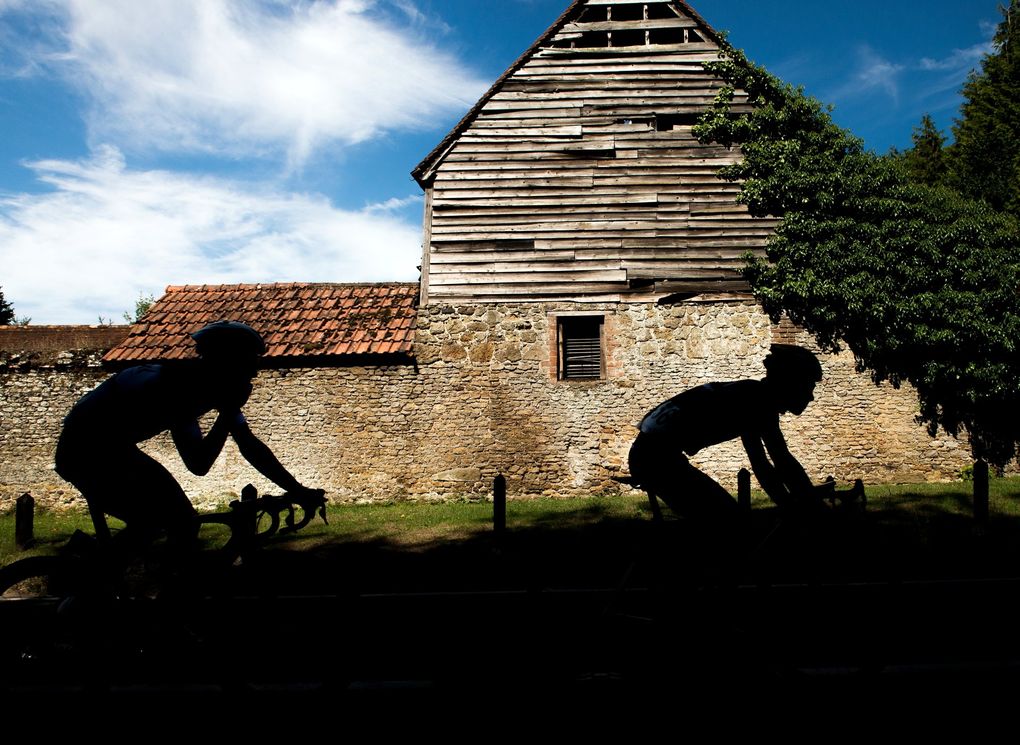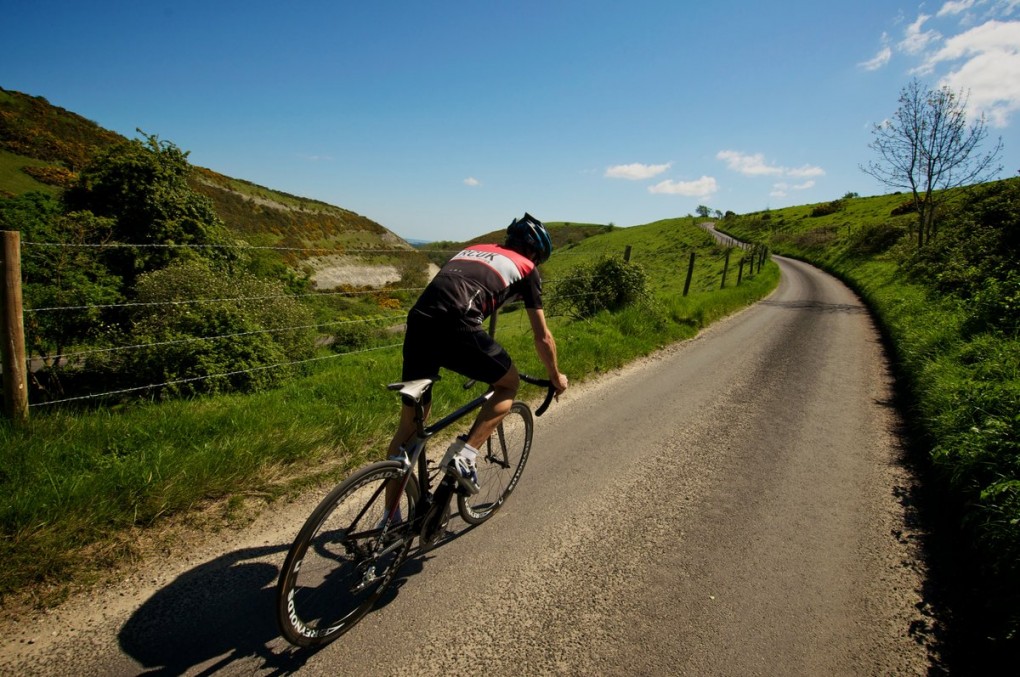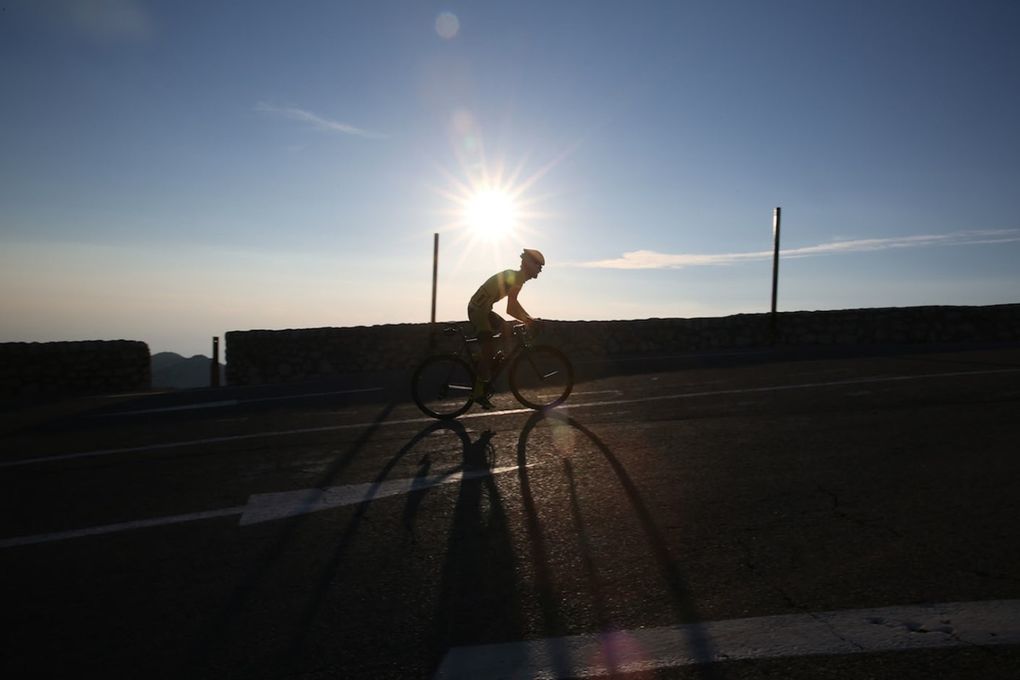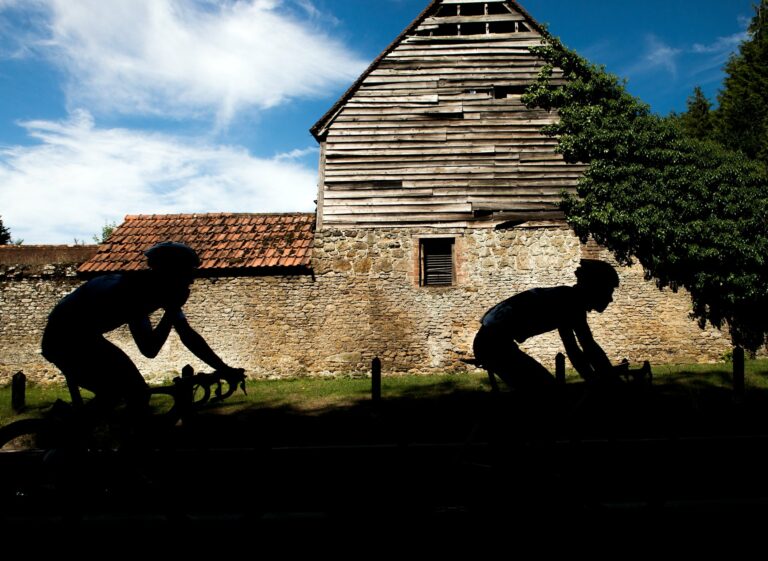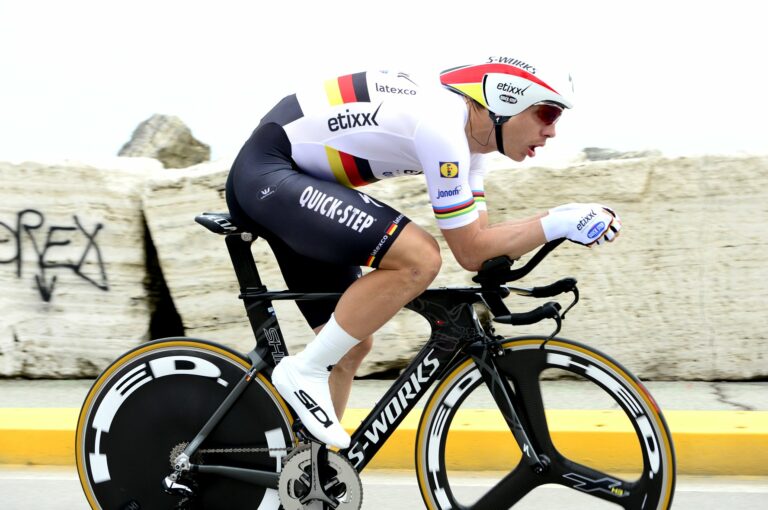Sometimes life doesn’t go to plan – and that includes cycling. No matter how hard you have tried to train properly, sometime you just can’t reach the level of fitness you set out to achieve.
If that’s the case then it’s often at this time of year, as we head into the middle of summer, that you might start to panic. Perhaps you’ve targeted a specific event – a road race or sportive – and are worried you won’t have the form to do yourself justice.
Typically, there are three reasons why that might be the case: you’ve over-trained, under-trained, or just haven’t hit the right consistency with your training plan.
Here we are going to take a look at all three examples of what can go wrong with your training – and, crucially, how you can turn things around.
